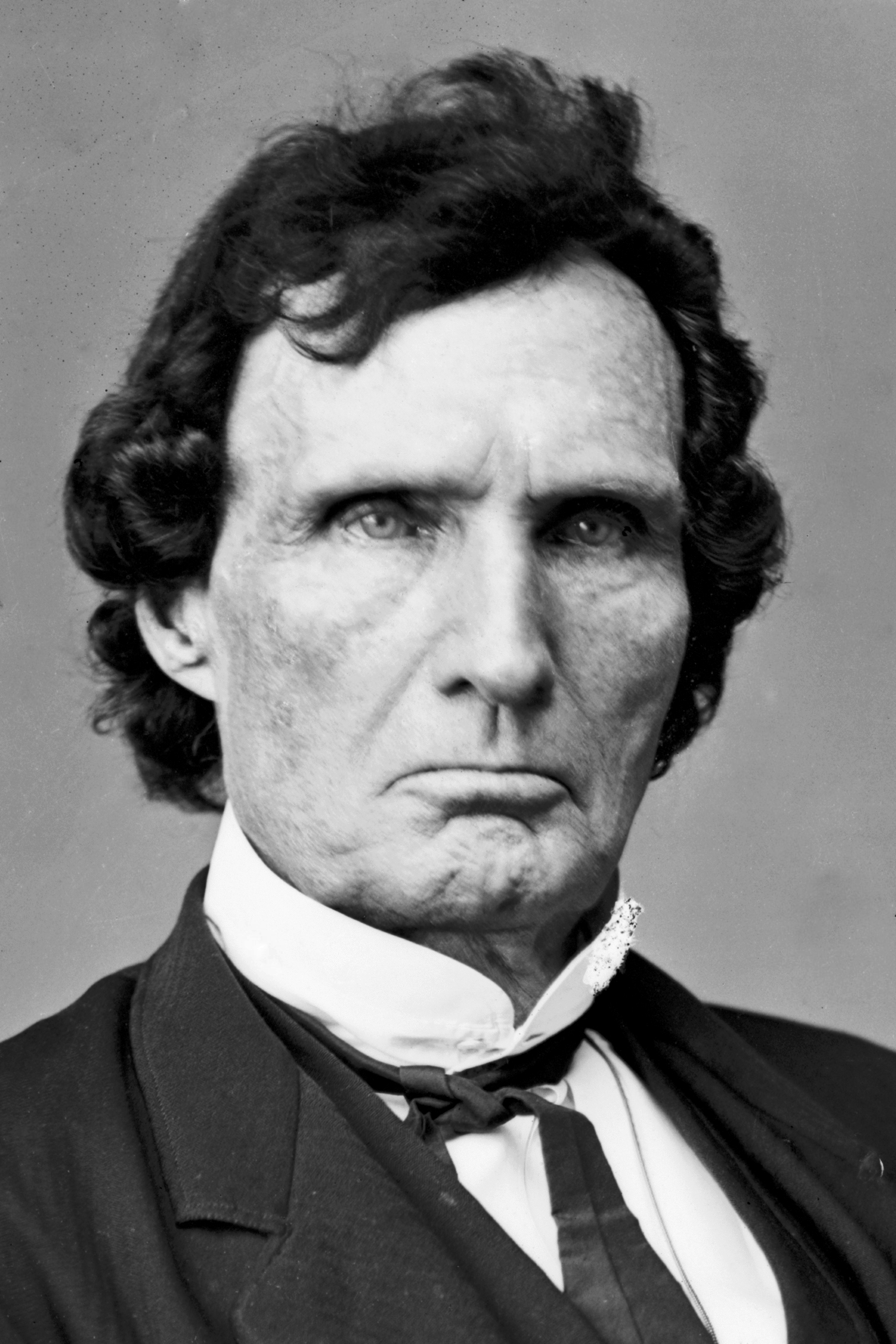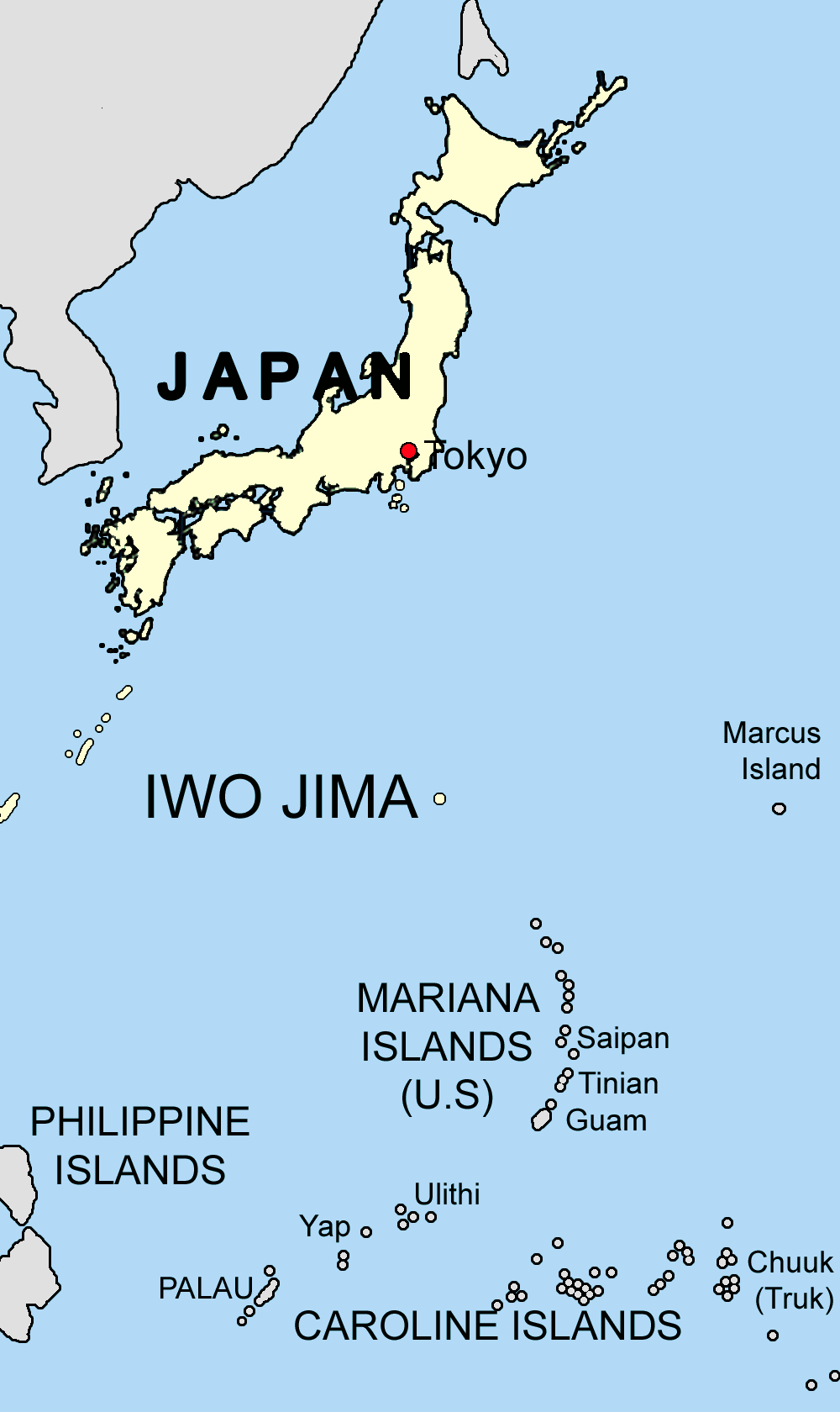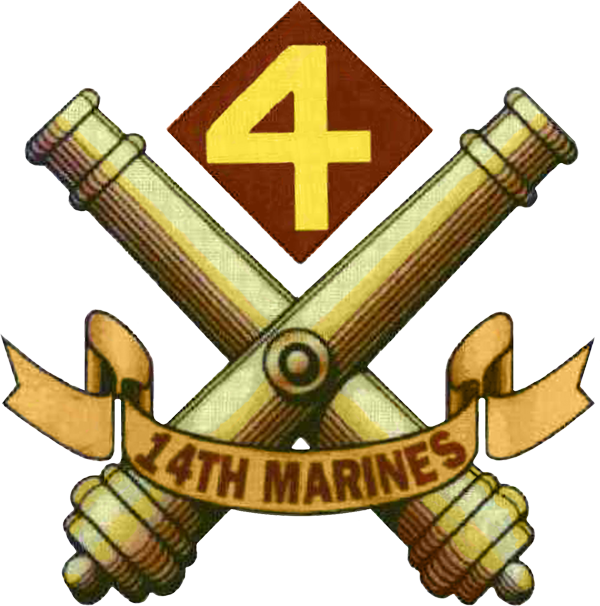|
Melvin Krulewitch
Melvin Levin Krulewitch (11 November 1895 – 25 May 1978) was a Major general (United States), major general of the United States Marine Corps Reserve who saw active service in both world wars and the Korean War. Early years Melvin Krulewitch was born on 11 November 1895 in Manhattan, New York City. His parents, Anne & Harry Krulewitch, were Jewish. He received a Bachelor of Arts degree from Columbia University in 1916, enlisted as a Private (rank), private in the United States Marine Corps after his graduation, and went on to serve in the 1st Battalion 6th Marines during the First World War. His battalion was sent to France in late 1917, where they underwent intensive training for trench warfare from French and British instructors, and were transferred to the frontline in spring 1918, by which point Krulewitch held the rank of sergeant. In a BBC interview for ''The Great War (documentary), The Great War'' in 1964, he recalled his experiences at the Battle of Belleau Wood in ... [...More Info...] [...Related Items...] OR: [Wikipedia] [Google] [Baidu] |
Major General (United States)
In the United States Armed Forces, a major general is a two-star rank, two-star general officer in the United States United States Army, Army, United States Marine Corps, Marine Corps, United States Air Force, Air Force, and United States Space Force, Space Force. A major general ranks above a Brigadier general (United States), brigadier general and below a Lieutenant general (United States), lieutenant general. The U.S. uniformed services pay grades, pay grade of major general is O-8. It is equivalent to the rank of Rear admiral (United States)#Rear admiral, rear admiral in the other United States Uniformed services of the United States, uniformed services which use Naval officer ranks, naval ranks. It is abbreviated as MG in the Army, MajGen in the Marine Corps, and in the Air Force and Space Force. Major general is the highest permanent peacetime rank that can be conferred upon a commissioned officer in the uniformed services (except when General of the Army (United States ... [...More Info...] [...Related Items...] OR: [Wikipedia] [Google] [Baidu] |
Meuse
The Meuse or Maas is a major European river, rising in France and flowing through Belgium and the Netherlands before draining into the North Sea from the Rhine–Meuse–Scheldt delta. It has a total length of . History From 1301, the upper Meuse roughly marked the western border of the Holy Roman Empire with the France in the Middle Ages, Kingdom of France, after Count Henry III, Count of Bar, Henry III of Bar had to receive the western part of the County of Bar (''Barrois mouvant'') as a French fief from the hands of King Philip IV of France, Philip IV. In 1408, a Burgundian army led by John the Fearless went to the aid of John III, Duke of Bavaria, John III against the citizens of Liège, who were in open revolt. After the Battle of Othée, battle, which saw the men from Liège defeated, John ordered the drowning in the Meuse of burghers and noblemen in Liège whose loyalties he suspected. The border remained relatively stable until the annexation of the Three Bishoprics ... [...More Info...] [...Related Items...] OR: [Wikipedia] [Google] [Baidu] |
Republican Party (United States)
The Republican Party, also known as the Grand Old Party (GOP), is a Right-wing politics, right-wing political parties in the United States, political party in the United States. One of the Two-party system, two major parties, it emerged as the main rival of the then-dominant Democratic Party (United States), Democratic Party in the 1850s, and the two parties have dominated American politics since then. The Republican Party was founded in 1854 by anti-slavery activists opposing the Kansas–Nebraska Act and the expansion of slavery in the United States, slavery into U.S. territories. It rapidly gained support in the Northern United States, North, drawing in former Whig Party (United States), Whigs and Free Soil Party, Free Soilers. Abraham Lincoln's 1860 United States presidential election, election in 1860 led to the secession of Southern states and the outbreak of the American Civil War. Under Lincoln and a Republican-controlled Congress, the party led efforts to preserve th ... [...More Info...] [...Related Items...] OR: [Wikipedia] [Google] [Baidu] |
Brigadier General (United States)
In the United States Armed Forces, a brigadier general is a one-star general officer in the United States Army, Marine Corps, Air Force, and Space Force. A brigadier general ranks above a colonel and below a Major general (United States), major general. The U.S. uniformed services pay grades, pay grade of brigadier general is O-7. It is equivalent to the rank of Rear admiral (United States)#Rear admiral (lower half), rear admiral (lower half) in the other United States Uniformed services of the United States, uniformed services which use Naval officer ranks, naval ranks. It is abbreviated as BG in the Army, BGen in the Marine Corps, and Brig Gen in the Air Force and Space Force. The Civil Air Patrol also uses this grade for its National Vice Commander and some past National commanders. History The rank of brigadier general has existed in the U.S. military since the inception of the Continental Army in June 1775. To prevent mistakes in recognizing officers, a general ord ... [...More Info...] [...Related Items...] OR: [Wikipedia] [Google] [Baidu] |
Battle Of Iwo Jima
The was a major battle in which the United States Marine Corps (USMC) and United States Navy (USN) landed on and eventually captured the island of Iwo Jima from the Imperial Japanese Army (IJA) during World War II. The American invasion, designated Operation Detachment, had the goal of capturing the island with its two airfields: South Field (Iwo Jima), South Field and Central Field (Iwo Jima), Central Field. The Japanese Army positions on the island were heavily fortified, with a dense network of bunkers, hidden artillery positions, and of tunnels. The American ground forces were supported by extensive naval artillery, and enjoyed complete air supremacy provided by U.S. Navy and Marine Corps aviators throughout the battle. The five-week battle saw some of the fiercest and bloodiest fighting of the Pacific War. Unique among Pacific War battles involving amphibious island landings, total American casualties exceeded those of the Japanese, with a ratio of three American casual ... [...More Info...] [...Related Items...] OR: [Wikipedia] [Google] [Baidu] |
Battle Of Kwajalein
The Battle of Kwajalein was fought as part of the Pacific campaign of World War II. It took place 31 January – 3 February 1944, on Kwajalein Atoll in the Marshall Islands. Employing the hard-learned lessons of the Battle of Tarawa, the United States launched a successful twin assault on the main islands of Kwajalein in the south and Roi-Namur in the north. The Japanese defenders put up stiff resistance, although outnumbered and under-prepared. The determined defense of Roi-Namur left only 51 survivors of an original garrison of 3,500. For the US, the battle represented both the next step in its island-hopping march to Japan and a significant morale victory because it was the first time the Americans had penetrated the "outer ring" of the Japanese Pacific sphere. For the Japanese, the battle represented the failure of the beach-line defense. Japanese defenses became prepared in depth, and the Battles of Peleliu, Guam, and the Marianas proved far more costly to the US. Backg ... [...More Info...] [...Related Items...] OR: [Wikipedia] [Google] [Baidu] |
Battle Of Tinian
The Battle of Tinian was part of the Pacific War, Pacific campaign of World War II. It was fought between the United States and Japan on the island of Tinian in the Mariana Islands from 24 July until 1 August 1944. The battle saw napalm used for the first time. At the Cairo Conference in December 1943, the US and British Combined Chiefs of Staff endorsed a two-pronged attack through the Central Pacific Area, Central Pacific and Southwest Pacific Areas. On 12 March 1944, the Commander in Chief, Pacific Ocean Areas, Admiral (United States), Admiral Chester W. Nimitz, was directed to neutralize Chuuk State, Truk and occupy the Mariana Islands. The Mariana Islands were targeted because of their location astride the Japanese line of communications. Tinian lay too close to Saipan to allow it to be bypassed and remain in Japanese hands. Following the conclusion of the Battle of Saipan on 9 July, Major general (United States), Major General Harry Schmidt (USMC), Harry Schmidt's V Amph ... [...More Info...] [...Related Items...] OR: [Wikipedia] [Google] [Baidu] |
Battle Of Saipan
The Battle of Saipan was an amphibious assault launched by the United States against the Empire of Japan during the Pacific War, Pacific campaign of World War II between 15 June and 9 July 1944. The initial invasion triggered the Battle of the Philippine Sea, which effectively destroyed Japanese Aircraft carrier operations during World War II, carrier-based airpower, and the battle resulted in the American capture of the island. Its occupation put the major cities of the Japanese home islands within the range of B-29 bombers, making them vulnerable to strategic bombing by the United States Army Air Forces. It also precipitated the resignation of Hideki Tōjō, the prime minister of Japan. Saipan was the first objective in Operation Forager, the campaign to occupy the Mariana Islands that got underway at the same time the Allies in World War II, Allies were invading France in Operation Overlord. After a two-day naval bombardment, the U.S. 2nd Marine Division, 4th Marine Division, ... [...More Info...] [...Related Items...] OR: [Wikipedia] [Google] [Baidu] |
Battle Of Tulagi And Gavutu–Tanambogo
The Battle of Tulagi and Gavutu–Tanambogo was a land battle of the Pacific War, Pacific campaign of World War II, between the forces of the Imperial Japanese Navy and Allies of World War II, Allied (mainly United States Marine Corps) ground forces. It took place 7–9 August 1942 on the Solomon Islands, during the initial Allied landings in the Guadalcanal campaign. U.S. Marines of the 1st Marine Division, commanded by U.S. Major General Alexander Vandegrift, and the invasion force under Brigadier General William H. Rupertus, William Rupertus, captured the islands of Tulagi, Gavutu, and Tanambogo. The Japanese Navy had built a naval and seaplane base on these islands. The landings were fiercely resisted by the Japanese Navy troops who, heavily outnumbered and outgunned by the Allied forces, fought and died almost to the last man. While the landings on Tulagi and Gavutu–Tanambogo were taking place, Allied troops were also landing on nearby Guadalcanal, with the objective of c ... [...More Info...] [...Related Items...] OR: [Wikipedia] [Google] [Baidu] |
4th Marine Division (United States)
The 4th Marine Division is a United States Marine Corps Reserve, reserve division (military), division in the United States Marine Corps. It was raised in 1943 for service during World War II, and subsequently fought in the Pacific against the Japanese. Deactivated after the war, the division was re-formed in 1966 and elements of the division deployed during the Gulf War in 1990–1991, as well as during the Iraq War. It is currently the ground combat element of the Marine Forces Reserve and is headquartered in New Orleans, Louisiana, and has units throughout the United States. Mission The division is tasked with providing trained combat and combat support personnel and units to augment and reinforce the active component in time of war, national emergency, and at other times as national security requires; and have the capability to reconstitute the division, if required. Subordinate units * 14th Marine Regiment (United States), 14th Marine Regiment * 23rd Marine Regiment (Unit ... [...More Info...] [...Related Items...] OR: [Wikipedia] [Google] [Baidu] |







